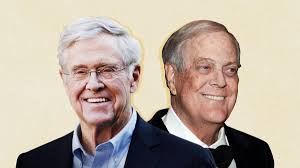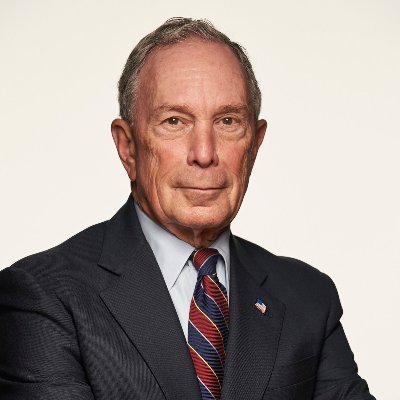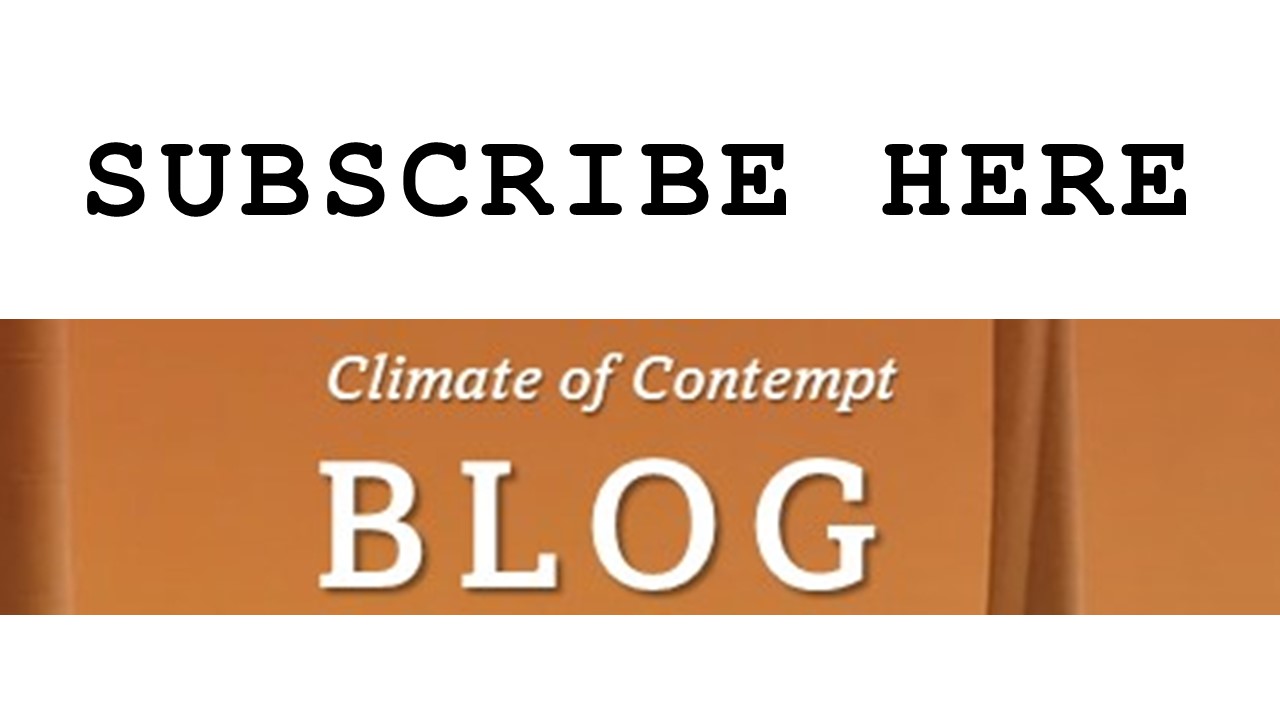One source of frustration for the climate coalition – and the ideological left more generally – is the amount of money and coordinated effort that the ideological right has put into political and ideological persuasion over the last four decades. Chapter 4 of my book recounts how conservative donors and business people created broadcast news outlets, web sites, and programs designed to promote conservative ideas. Bestselling books like Jane Mayer‘s Dark Money and Nancy McLean‘s Democracy and Chains chronicle these efforts and their effects on the thinking of voters, scholars, judges and policymakers. And progressives lament the failure of Democrats to match the force and tone of those efforts, sometimes chalking that failure up to political incompetence, corruption, or indifference.
The idea of a “vast right wing conspiracy“ has been a feature of Democratic Party thinking since well before McClain and Mayer published their books. In the late 20th and early 21st centuries, the Koch Network’s Mercatus Center, the Olin Foundation, and other conservative donors provided massive financial support for academic scholarship and think-tanks that challenged the cross-party, pro-regulatory consensus that arose after the New Deal. And the contemporaneous development of right-wing media consistently outpaced its left-wing counterparts in viewership and persuasive sophistication.
Whether one sees these efforts as a nefarious conspiracy or not, they represented a more or less coordinated plan, one born of conservative frustration over the decades-long failure of the conservative project. The GOP had joined in the expansion of the regulatory state after WWII, punctuated by the massive rejection of Goldwater conservatism in 1964. And even the Reagan presidency failed to solidify support for anti-regulatory conservatism in the party. Indeed, Reagan’s GOP successor signed into law the Clean Air Act amendments of 1990 and called himself “the environmental president.”
Shortly thereafter, then-First Lady Hillary Clinton made news by crediting “the vast right wing conspiracy” for her husband’s impeachment. At around the same time, a political scientist and lawyer at an obscure conservative think tank — a man named Joseph Overton — proposed a donor-funded plan to change public attitudes toward regulation, and to make deregulatory and anti-government ideas more generally politically acceptable. Subsequently, the idea of investing in the long game of voter and policymaker persuasion became known as “moving the Overton Window.”
The idea that Democrats were somehow asleep-at-the-wheel as this conservative plan was implemented is historically wrong, as I demonstrate in my book.
In the first place, popular frustration with regulation predated Overton. Ronald Reagan’s election may not have instantly decimated the New Deal coalition, but it did capitalize on a growing anti-regulatory sentiment in the electorate — one that had earlier influenced policy choices made by the Carter Administration. Shortly thereafter, the Clinton Administration responded to that popular anti-regulatory sentiment by charging Vice President Al Gore with making the executive branch more efficient. And when the Clinton Administration’s early regulatory efforts were perceived by voters as overreach, voters punished Democrats in the 1994 midterm elections.
So, by the time Overton got around to organizing donors into a vast right wing conspiracy, they were cultivating already fertile ground.
All of which is particularly frustrating to Democrats and the climate coalition, because the individual regulatory regimes that constitute the energy regulatory state are popular, as is the idea of limiting greenhouse gas emissions. Why, then, can’t Democrats use mirror-image tactics to move the Overton Window back toward support for strong climate policy?
It is a fair question. As I demonstrate in Appendix E to Climate of Contempt, the ideological left includes a meaningful share of ultra-wealthy people. They have supported environmentalism, but they seem less inclined than conservative donors to fund the creation of media outlets and academic research.* Michael Bloomberg founded a media outlet but it is moderate and centrist, not a mirror image of right wing outlets. George Soros has funded academic institutions and research, but his funding focuses on support for pluralism and other liberal democratic values. (See Soros’ Open Society Foundation.) Others, like Bill Gates, support particular technological solutions like nuclear power.
While there are left wing “news” outlets that spin the news almost as shamelessly as their right wing counterparts, they command smaller audiences and aren’t part of a coordinated donor messaging campaign in the way that right wing outlets are. Indeed, some left wing outlets (e.g. The Young Turks, Jacobin, The Intercept) are often overtly hostile to the Democratic Party. All of which is reminiscent of Will Rogers’ famous remark: “I don’t belong to any organized political party. I’m a Democrat.”
Furthermore, the political challenge facing the climate coalition (and Democrats more generally) is different and more complicated now than it was in the 1990s. Today, it is less likely that changing public opinion will change votes because more voters today are affective partisans whose party loyalty is less tied to issues and policies.
Only voters can create the kind of receptive partisan environment that is necessary to produce strong national climate policy, and that must happen in those “purple,” moderate districts first. In districts that are safely Republican, politicians protect their reelection by catering to the especially negatively partisan Republican voters who value opposition to the entire Democratic Party agenda. Right now, that means following Donald Trump’s lead. But the 20 percent of congressional districts that are competitive offers hope for policy change.
Meanwhile, the GOP persuasion machine continues to run, and run more efficiently than its left wing counterpart. It has focused voters on culture war issues like gender and sexuality, race and ethnicity. So, even if corresponding numbers of elected Democrats were willing to traffic in falsehoods as eagerly and effectively as congressional Republicans do (or as Donald Trump does), it would still be difficult to move the Overton Window in such a negatively-partisan environment. That environment is short on listening and long on anger and grievance.
Instead, the better course of action is to move the conversation away from that online tinderbox and into kitchens and living rooms (and classrooms), where people tend to be more willing to open their minds and listen. – David Spence
———————————
*Conservatives might claim that Jeff Bezos owns a liberal media outlet in The Washington Post, and that Bezos climate advocacy influences that outlet. But the writers at the Post — whatever their personal politics — are trained journalists writing for a broad audience. The Post’s mission is not partisan in the way the missions of some cable news station’s and online outlets’ are. And Bezo’s apparent new friendship with Donald Trump further undercuts that claim.




